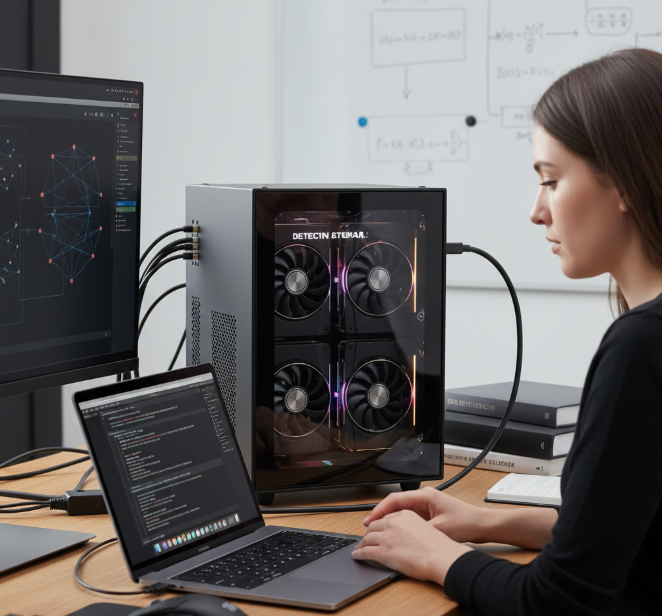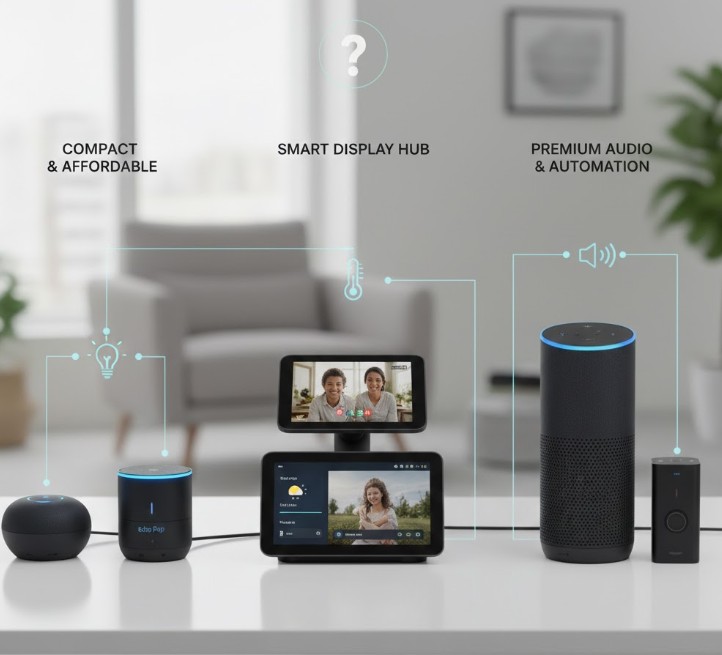Finally, for those who use laptops powered by Apple Silicon, an AI developer has been able to link a computer running on an NVIDIA external RTX graphics card to a MacBook Pro with an M3 processor by means of Thunderbolt/USB4. This configuration established by the mentioned source shows that high-end GPU-accelerated workloads once under Windows desktops or cloud clusters have now moved into an era where they could just as easily be driven by Mac hardware.
The Setup: External GPU And Specialized Drivers
This setup runs on a GPU dock-on-device via USB4/Thunderbolt4, leaving the MacBook to handle more intense calculations for the user with an external RTX card. Several special drivers are usually open-source or developer-built-designed to interact with the ARM architecture of Apple with that of Nvidia’s GPU. And even though the Mac’s GPU remains running active, heavy computations such as AI model training get redirected through the RTX card. Tom’s Hardware
What It Matters to State or Put on Local AI Development And Workflows
For those building applications that either integrate machine learning or large-language models, develop new functionality in that development, or tweak current processes, this represents quite a leap forward. Users of MacBook Pro machines will now also be able to do GPU acceleration outside the cloud, thus shortening latency, cost, and dependence on a remote server. This could add a new dimension to how AI workflows are conducted, considering how Apple Silicon’s efficiency in power and the RTX GPU’s raw compute might come together.
Drawbacks, Hazards, And Compatibility Conflicts to Be More Cautious About
There are, of course, very important caveats among these promises. The eGPU support is unofficial: it requires drivers that are not on-the-shelf, need possible disabling of system protection (like SIP on macOS), and it perhaps doesn’t guarantee an overall support in the GPU output (e.g., connecting external monitors via the eGPU may still be unsupported). Every user should walk in knowing the setup is experimental and might void warranties or cause stability issues.
What It Is Going to Mean for Apple in Its Ecosystem and Strategy Towards Gpu
It questions the traditional closet hardware tradition of Apple in this case. MacBooks may now be able to connect with an external NVIDIA GPU to allow users to call for first-class eGPU and GPU flexibilities. For Apple, adopting-or at least recognizing-the integration may turn MacBooks into serious workstations for AI and intensive computational work. The market is thus opened to NVIDIA and third-party dock makers without being completely under Windows and Linux systems.
In short: Suggests a developer has been able to connect an external NVIDIA RTX GPU with a MacBook Pro M3, and that much is good news for Mac-based AI development. It hints at new possibilities for power users, but also underlined that this remains very early technology requiring technical know-how and acceptance of trade-offs. If you want to watch heavy AI workloads on macOS, it’s worth keeping an eye on this development.
More Like This: How Apple’s A-Series Chips Could Drive a Budget MacBook
News Source: PCMag.com







Leave a Reply